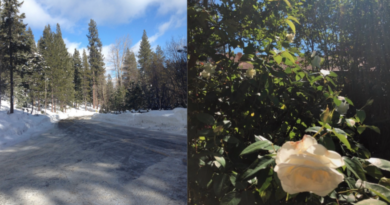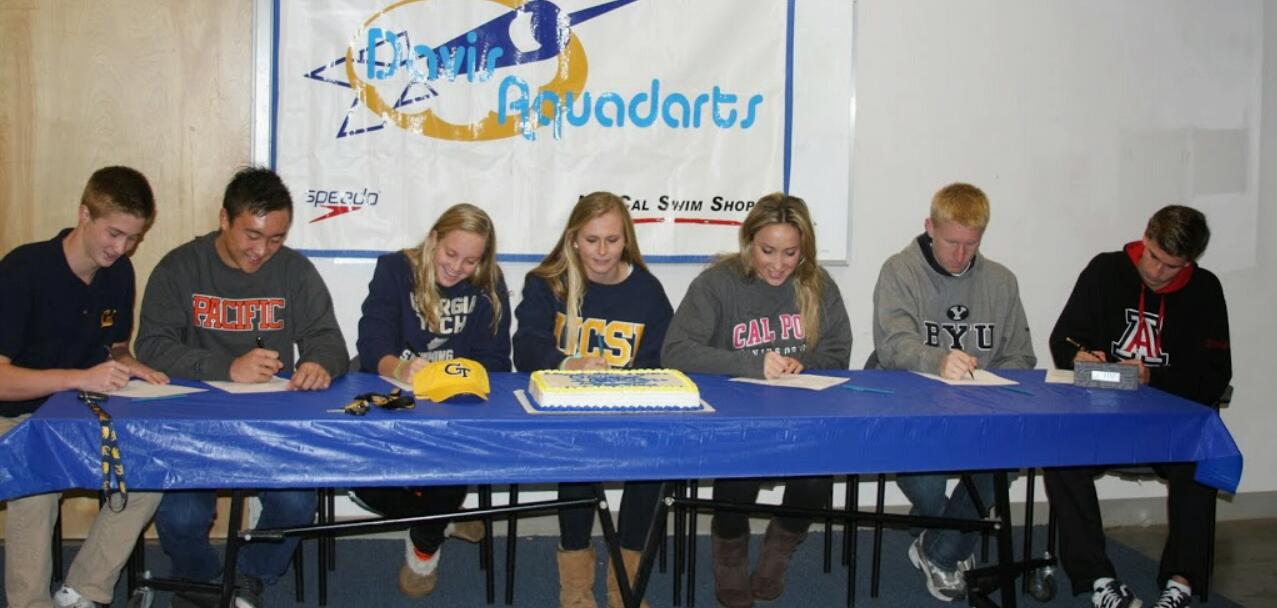Academic success hides missing component in Davis schools
Most people would say that the primary function of the school system is to prepare students academically, and in that regard most would agree the DJUSD has been very successful.
But Mel Lewis and Kate Snow, who head the district’s School Climate Office, feel that beneath the surface of this academic success, Davis schools are failing to connect students across racial and ethnic boundaries.
This divide has consequences for everybody. Minority students don’t feel connected to their school, and majority students are being deprived of the opportunity to learn how to connect with other cultures and become global thinkers, according to Lewis and Snow.
“If I was a kid in a dominant group in this school district, and I left here and I was now in college…I’d be coming back to Davis asking for a refund. Give me my money back, because you did not equip me properly,” Lewis said.
Origins of the Climate Office
The Climate Office was established in 2003 “to help guide us through the myriad of social and interpersonal issues that rise as districts grow and/or evolve,” Superintendent Winfred Roberson said.
“There were issues in the schools and community…[and] a lot of misunderstanding in terms of race and social justice,” said Joanna Glover, who helped out with the Climate Office for several years. She also pointed to the increasingly apparent racial achievement gap in the district as a cause.
According to Glover, the district’s minority students tend to score significantly lower on state tests than white students.
“[S]tudents are supposed to be receiving the same education in the same system, how come they [aren’t] performing as well?” she said.
Pam Mari, executive director of student services for the district, looks back to the 1983 racially motivated killing of DHS student Thong Hy Huynh as a cause.
“After that…the whole community…had some serious issues to work out,” she said.
Lewis is from Trinidad, and lived for many years in Germany as a member of the US Military. Before he was hired, the district focused mainly on cultural awareness.
The theory was that “maybe if you know about a different culture…then you will act differently,” Lewis said.
But he believed that the problem was too deep for simple awareness to combat. The basic tenet of Snow and his policies is that racial issues stem from a lack of understanding of the inherent power and privilege that the dominant, white culture possesses.
“The dominant group, through the privilege of being the dominant group, have always had the luxury of…having everything measured according to their lifestyle,” Lewis said.
They believe that the culture at Davis schools is based almost exclusively on the dominant culture, leaving minorities feeling alienated and disconnected.
Through the results of the semi-annual Healthy Kids Survey, which the Climate Office administers, they have been able to see that “white students universally feel more connected to their school than kids of ethnic minorities,” Snow said.
These results indicate that though everyone is going through the same schools, white students and minority students often have very different experiences.
Lewis agrees, saying that minority students often feel as though “their life happiness through the whole experience of school is diminished, since they’re not being seen or accounted for.”
The Climate Office seeks to find ways to improve the connectedness and opportunities of minority students, while make sure not to “minimize those that are already there,” Lewis said.
A Problem for Everyone
However, the overpowering ubiquity of the majority culture is not just a problem for minority students.
“Grow[ing] up in Davis and feel[ing] that the world is really measured according to you only handicaps you in going out [and] being a civic minded person, and someone who is going to be adaptable or collaborative with the world,” Lewis said.
Snow and Lewis feel that the district is failing its white students by not teaching them how to connect with other cultures and think in a more global fashion.
“You have a high degree of vulnerability by getting ready to go out as a high school senior without ever having some of the basic understanding of your fellow man from a mutual perspective, not just a dominant perspective….You should be…outraged….It’s like not learning your times tables…, it’s that important,” Lewis said.
Snow agrees, highlighting her experience after leaving high school in the Bay Area.
“Talk about race, talk about class…all of these things were completely missing from my high school education in California.”
Obstacles to Change
There are many obstacles to addressing these issues, not the least of which is the fact that the dominance of white culture is deeply ingrained in American society.
“We’re working against a construct that was created hundreds of years ago,” Lewis said.
Even beyond that, Davis has a few problems of its own to add.
“To convince a school district that has been rather successful, that our successful kids still need something to make them competitive is a hard sell….When we are so successful at what we are doing, what is our incentive to change?” Lewis said.
He goes on to say that while people in the district have been receptive to his message, real change will not come unless students demand something more global to help them prepare for life outside of Davis.
A final challenge is posed by the fact that the vast majority of Davis’s teachers are white.
“Even if they have good intentions and good hearts, they’re still only running with the knowledge they [have],” Lewis said.
Tackling the Problem
With all these difficulties, compounded by the fact that Snow and Lewis share a position that isn’t even full time, they have to be very particular about their strategy.
The Office focuses on educating the district’s leaders, particularly principals, hoping to inspire what Lewis refers to as a “disposition shift.”
“So rather than say, here’s the fish, we teach them how to fish, so they can see the shift in themselves and then as a leader start helping their staff,” Lewis said. “We’re not here to try and say that…we have a silver bullet….What we do have is a lot of people who are committed to understanding how complex [the problem] is.”
Lewis and Snow have a clear idea of what they’re striving for. In their ideal system, there would be no such thing as Black History Month. Rather, the curriculum would be truly multicultural, intertwining different perspectives and giving them equal weight.
“When I envision this thing, it looks like Spanish Immersion, but it’s cultural competency immersion,” Lewis said. Rather than having an understanding of another language, students would gain an understanding of other cultures.
“That’s the kind of kids that when [they] step out there…[they] are now a world citizen, ready to interact properly with the world and make a difference,” he said.
However, in order for this vision to become a reality, the district’s teachers must not only become culturally competent themselves, but be competent enough to pass it on to their students.
Glover emphasizes that teachers should be trained, rather than simply being told that “you’re not equipped to teach these kids.”
Headed in the Right Direction
“By and large we have made enormous progress in getting the leadership staff understanding our [push for a] disposition shift,” Lewis said.
The district’s LEAP (Local Education Area Plan), required by the state, now includes a focus on cultural competency and equity.
Snow and Lewis note that district leaders have come to understand the difference between equality and equity, explaining the difference with the example of school buses.
When the district decided to eliminate school buses, it was pointed out that students at the Migrant Housing Center in South Davis were dependent on the buses for transport to school. However, many parents objected to them getting a special service.
“The idea was that…it wasn’t fair…because you’re giving those kids something that other kids aren’t getting….The reality is that those kids…literally have no other way to get to school…so by providing them with busing, your providing equity in terms of who has access to school,” Snow said.
Lewis sees great success in the fact that “our leaders…really understand [equity] and [are able] to apply [it] in their practice of leadership and management.”
Roberson sees the difference in his and others’ thinking.
“Mel and Kate cause us all to look beyond the surface of the issues we face,” he said.
Now that they are seeing significant changes in attitude on the part of district leadership, Lewis and Snow hope that these leaders can pass these lessons on to the actual boots on the ground teachers.
“Our leaders [need to] disseminate this mode of thinking,” Lewis says.
The Work is Bigger than the People
In keeping with his strategy of working through the district’s leaders to slowly shift attitudes, Lewis believes that it’s not about him and Snow, it’s about the message.
“Nobody should really know about us, the movement should have more of a name,” he said.
Mari agrees, highlighting the fact that “this needs to be an effort that all of us make.”
But no matter what the strategy, this is an issue of great importance.
“Student readiness is taking a whole different tone than it used to….It’s not just about your academics and how well you do in college, but [how well] you can compete globally,” Lewis said.


